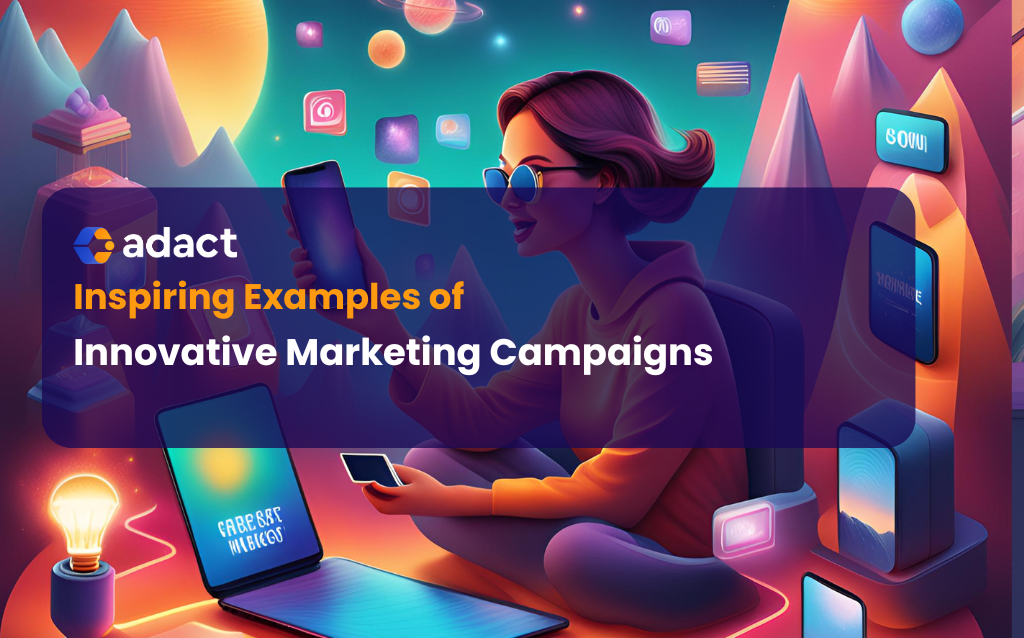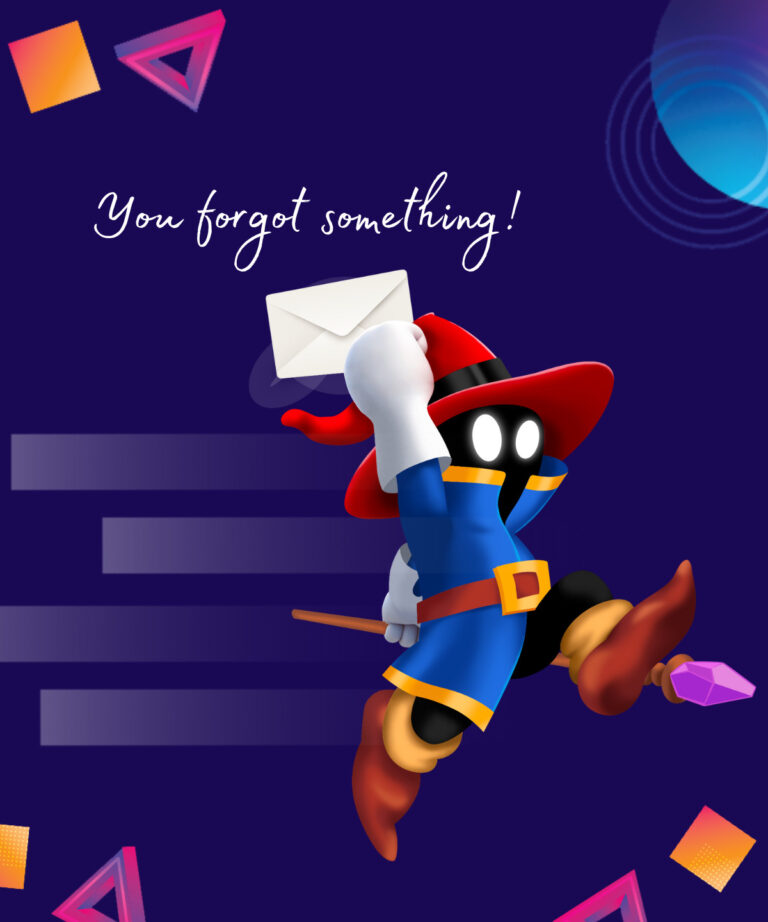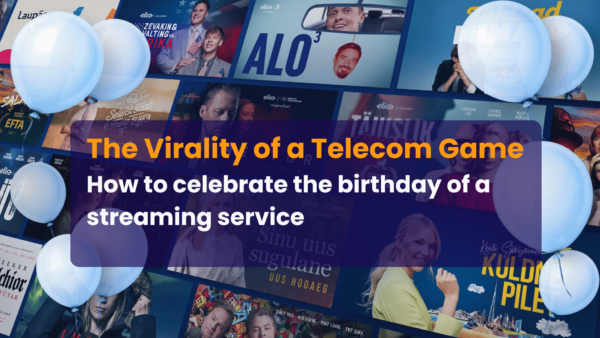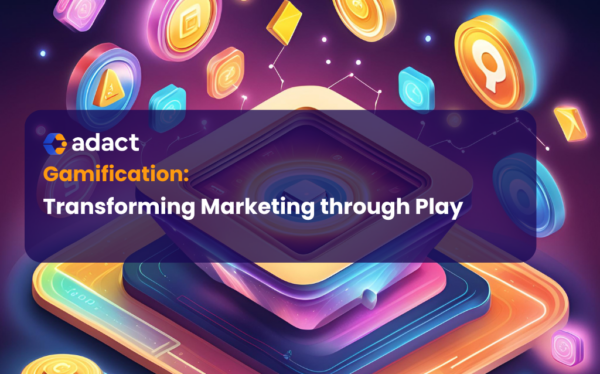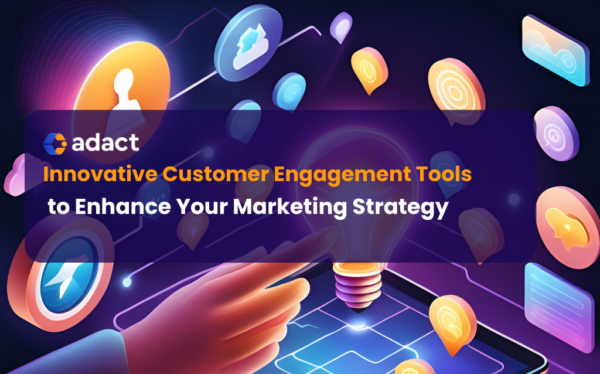In today’s fast-paced digital landscape, capturing your audience’s attention requires more than traditional advertising methods. Innovative marketing campaigns not only stand out but also create meaningful connections with consumers. Let’s explore some inspiring examples and strategies that can enhance your own marketing efforts.
1. Leveraging Humor and Relatability
Humor can be a powerful tool to humanize your brand and foster engagement. When effectively utilized, it can turn simple campaigns into viral sensations.
Example: Tinder’s “It Starts with a Swipe” campaign employed witty and relatable storytelling to reframe the app as a conduit for genuine connections. By highlighting real-life dating narratives with an amusing spin, Tinder not only reshaped its brand identity, fostering a more authentic connection with users but also significantly boosted user participation. The humor drew users in, encouraging them to engage with the brand and share their own stories, creating a community feel.
Strategy to Apply:
- Use storytelling: Craft stories that your audience can relate to. These narratives can forge emotional bonds that go beyond mere transactions.
- Incorporate humor: Light-hearted content can increase shareability as users are more likely to share funny content with their networks. Ensure the humor aligns with your brand’s voice.
- Reposition your brand: Show different facets of your services to reach a broader audience. Humor can soften your brand image and make it more approachable.
2. Encouraging User-Generated Content
Empowering your customers to create content fosters a sense of community and trust. When audiences see their peers contributing to a brand, it often creates a ripple effect of engagement.
Example: Doritos’ “Triangle Tracker” campaign invited fans to discover and photograph triangle-shaped objects, encouraging them to share these images on social media. This unique approach not only drove engagement but creatively leveraged user contributions to promote the brand. It injected an element of playfulness that saw increased interactions and enhanced brand loyalty, as participants felt like an integral part of the Doritos community. Take a look at some gamification digital marketing examples to further enhance your strategies.
Strategy to Apply:
- Create interactive challenges: Encourage customers to actively participate using modest rewards or recognition. This initiates direct engagement and deepens customer loyalty.
- Feature user content: Showcase user contributions on your platforms. It serves to validate user efforts and build credibility.
- Build a community: Foster connections among your audience members by encouraging interaction and discussion related to your challenges or campaigns.
3. Blending Online and Offline Experiences
Combining digital and physical marketing can create immersive experiences that captivate audiences more effectively than either medium alone.
Example: LEGO’s Botanicals Challenge integrated TikTok challenges with an in-store transformation of a LEGO store into a charming florist shop. This immersive approach was boosted by social media engagement while grounding the campaign in a tangible experience. By allowing customers to engage with the brand both online and offline, LEGO deepened interactions and built stronger brand loyalty. For more ideas on how to combine online and offline efforts, explore our campaign ideas for marketing.
Strategy to Apply:
- Use multiple platforms: Engage customers across various channels, fostering a consistent brand presence whether customers are online shopping or visiting a physical location.
- Offer physical experiences: Provide in-person events or installations that complement your online efforts, creating opportunities for tangible engagement.
- Encourage social sharing: Make experiences shareable online to amplify reach. Use unique hashtags or filters to encourage sharing and spreading brand awareness.
4. Tapping into Pop Culture with Playful Branding
Aligning with pop culture can refresh your brand and capture the interest of both existing and potential customers. It’s a strategy that, if executed well, feels timely and authentic.
Example: In a playful twist, McDonald’s temporarily rebranded as “WcDonald’s.” The campaign cleverly resonated with pop culture trends and injected a sense of fun into the brand, making the campaign exceptionally memorable and engaging. By doing so, McDonald’s capitalized on viral trends while maintaining the playful essence of the brand.
Strategy to Apply:
- Stay current: Keep an eye on trending topics and cultural moments by regularly monitoring social media and entertainment news. This allows your brand to be at the forefront when launching timely campaigns.
- Be playful: Don’t be afraid to have fun with your branding. A playful approach can attract attention and humanize a corporate image.
- Engage audiences: Create campaigns that invite participation, such as hashtag challenges or themed content contests related to current events or trends.
5. Creating Immersive Experiences with Experiential Marketing
Experiential marketing leaves lasting impressions through memorable events that engage the senses and encourage brand interaction in unforgettable ways.
Example: Red Bull’s “Stratos” campaign featured a world-record skydive from the stratosphere, a breathtaking feat that captivated audiences globally and underscored Red Bull’s dynamic brand association with extreme sports and adventure. The daredevil extravaganza was broadcast worldwide, bolstering the brand’s adventurous spirit. Check out more on digital interactive marketing examples to explore how such immersive experiences can transform brand messaging.
Strategy to Apply:
- Host unique events: Create experiences that align with your brand values and appeal to the interests of your target audience. Exclusive or first-of-their-kind events can generate buzz.
- Tell a story: Use the event to convey a compelling narrative that ideally ties back to your brand values or mission, deepening connections with your audience.
- Engage emotionally: Aim to evoke strong feelings, whether it be excitement, joy, or wonder. Such connections can foster lasting loyalty and enthusiastic advocacy.
6. Aligning with Social and Environmental Causes
Connecting with social causes can deepen customer relationships and boost brand loyalty by showing a commitment to making a difference.
Example: Corona’s “Pay with Plastic” campaign allowed customers to exchange plastic bottles for beer, tying the brand to the cause of environmental sustainability and inspiring customer involvement. This not only reinforced Corona’s commitment to eco-friendly practices but also motivated users to participate in meaningful actions that reflected their values. Statistics from a recent study reveal that modern consumers are more inclined to support brands advocating for environmental sustainability.
Strategy to Apply:
- Choose relevant causes: Support issues that resonate with your brand and your audience. It’s crucial to ensure that your endorsements are genuine to maintain trust.
- Encourage participation: Invite customers to join your efforts, perhaps by engaging in relevant social media challenges or local community events.
- Promote sustainability: Highlight your commitment to social responsibility in your marketing materials and back up messages with real actions.
7. Innovating with Technology
Using cutting-edge technology can transform traditional advertising into interactive experiences that captivate techno-savvy audiences and collect data-driven insights.
Example: Nikon’s “The Golden Billboard” campaign creatively turned a gold-plated billboard into an interactive photographic experience. By providing passersby the chance to use a Nikon camera and the unique billboard for memorable shots, Nikon effectively merged traditional advertising with a brilliant interactive twist, piquing interest and engagement. For more innovative campaign ideas to enhance your marketing efforts, you might want to explore different gamification digital marketing examples.
Strategy to Apply:
- Incorporate new tech: Stay ahead with the latest technological advancements to keep your campaigns fresh and engaging.
- Enhance interactivity: Make your campaigns interactive by integrating AR, VR, or other immersive tech to draw in and engage audiences.
- Create shareable moments: Design experiences that audiences will want to capture and share, amplifying your reach and reinforcing your brand message.
8. Engaging Storytelling through Influencers
Collaborating with influencers adds authenticity to your campaigns and extends your reach to larger, niche markets effectively.
Example: Hilton Hotels created a compelling TikTok video featuring influencers who narrated their experiences with the brand, focusing on the stay rather than the destination. This approach not only provided genuine content that resonated with viewers but also showcased Hilton’s dedication to exceptional hospitality.
Strategy to Apply:
- Partner with influencers: Choose influencers whose values and audiences align with your brand to ensure authentic endorsements.
- Emphasize authenticity: Allow influencers to use their own voice and style when sharing their experiences, enhancing content reliability.
- Focus on storytelling: Craft narratives that genuinely resonate with your audience, creating emotional bonds that strengthen brand engagement.
9. Expanding with Creative Brand Extensions
Innovative partnerships can introduce your brand to new markets and broaden its appeal to different demographics.
Example: Heinz collaborated with Lick for a special edition tomato ketchup-colored paint, taking inspiration from a burgeoning interest in home décor. This partnership cleverly parlayed Heinz’s iconic branding into an unexpected category, sparking curiosity and conversation among consumers.
Strategy to Apply:
- Seek unique collaborations: Partner with brands that complement yours, allowing both to access each other’s customer bases.
- Explore new products: Be adventurous with offerings that step outside your usual scope, but align with your brand’s image and values.
- Respond to trends: Stay agile to adapt to current consumer interests and behaviors, ensuring that your brand remains relevant and engaging.
Applying These Strategies with Interactive Marketing Tools
Innovative campaigns often require equally innovative tools. Platforms like Adact enable you to create interactive and gamified marketing campaigns without any coding skills. With features like customizable game templates, CRM integration, and analytics, you can shift from passive content to active user participation.
Benefits of Using Interactive Tools:
- Boost engagement: Interactive content captivates your audience by inviting them to participate actively, creating memorable brand experiences.
- Generate leads: Collect valuable data through participation, providing insights into consumer preferences and behaviors.
- Enhance brand awareness: Stand out with unique marketing experiences that leave a lasting impression.
- Gain insights: Use analytics to understand consumer behavior and adapt campaigns to better suit audiences’ interests.
Learn more about creating interactive marketing design.
Conclusion
Innovation in marketing isn’t just about being different—it’s about creating meaningful connections with your audience. By drawing inspiration from these successful campaigns, you can craft strategies that not only capture attention but also drive engagement and loyalty.
Ready to elevate your marketing efforts? Consider incorporating these strategies and leveraging interactive tools to create your own innovative campaigns. Join the conversation and share your experiences or ideas below!
